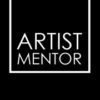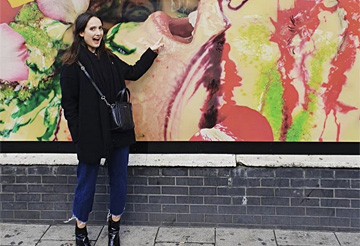Curator interview: KIERA BLAKEY
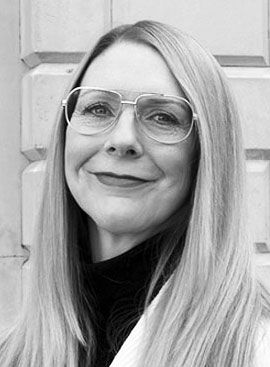
I was a fan of Curator Kiera Blakey's work way before having had the pleasure of meeting her. If you've used public transport in London, you will probably have seen or experienced some of Kiera's work with artists, positioned in and around the London Underground stations.
It takes an extraordinarily committed and tenacious Curator to support artists producing new work for such complex public sites. Kiera has a lovely balance of being gentle, considerate and yet fiercely determined when comes to supporting of artists realising their ambitions. She is generous, kind, refreshingly down-to-earth, and believes in the transformative potential of creativity.
We share a passion for connecting artists with a broad and diverse public, and in prising open the art world, to be more welcoming, inclusive and for treating people fairly and respectfully. I can't wait to see what she brings to Nottingham Contemporary.
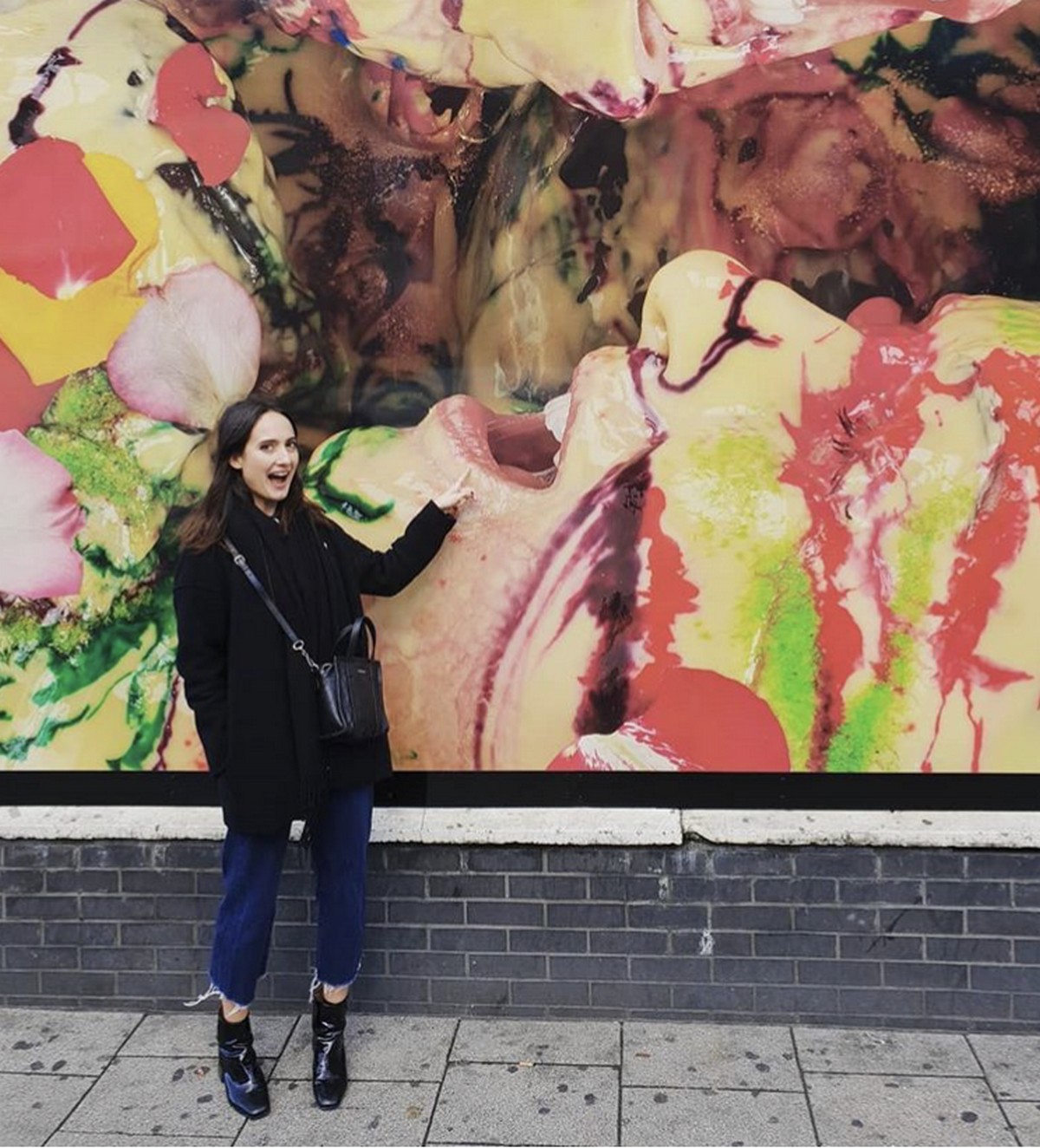 Kiera Blakey ┬® Chris Rawcliffe, 2018
Kiera Blakey ┬® Chris Rawcliffe, 2018
Curator Kiera Blakey was raised in the Lake District and lives and works in London and Nottingham. She is currently Head of Exhibitions (maternity cover) at Nottingham Contemporary and until recently was Curator of Art on the Underground, where she led a number of ground-breaking public art commissions that sought to challenge our conception of what art can be. These include with artists Larry Achiampong, Laure Prouvost, Assemble and Matthew Raw, Linder and Nina Wakeford.
Kiera has edited publications with Book Works and Self Published Be Happy; written for Camden Arts Centre and is regularly invited to talk and teach. Recent freelance projects include Elisabeth Wild at Focal Point Gallery and Karen Cunningham at The Showroom. Kiera recently joined Daily Life Ltd. as a trustee and has served on the advisory board for Banner Repeater since 2018. She has a BA in Fine Art and MA in Philosophy.
What are you doing, reading, watching, or listening to now, that is helping you to stay positive?
I love podcasts and listen to a huge array, from the Paris Review to the Frost Tapes. Recently I’ve been listening to the BALTIC’s new series For All I Care which was recommended by my new team. I’ve especially felt nourished by Johanna Hedva’s reading from their new book Minerva the Miscarriage of the Brain, that delves into mysticism, madness, motherhood, and magic. As we come to the end of a year spent online, I’ve been finding short texts and poetry to be my saviour and I’ve been devouring Divided Publishing’s new book Night Philosophy by the inimitable Fanny Howe. I also wanted to give a shout out to my new team, who run currently an excellent online public programme. I knew of Five Bodies before I joined the gallery and it’s an absolute must. Some of the most interesting writers and poets gather to read together. Last week Sandeep Parmer read and spoke about the importance of the archive as a means to bring people to life, better than any biographer can, because of course no life is conclusive. It was beautiful and I felt alive afterwards.
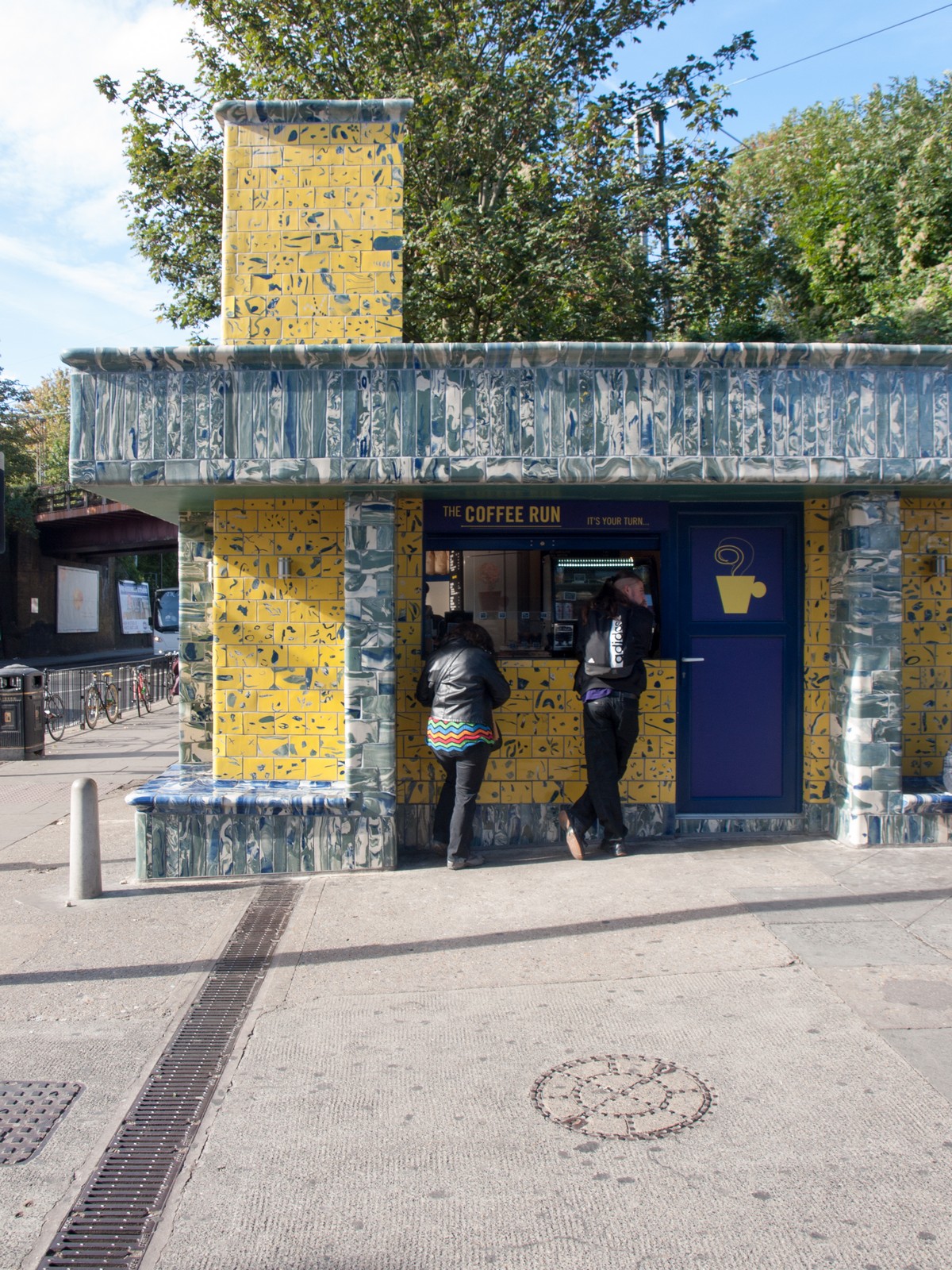
Assemble and Matthew Raw, Clay Station, 2017, Photo: Assemble
What are your core values and drivers that you bring to your curatorial work? What do you care about?
I’m passionate about engaging audiences in order to transcend geographic, racial and socioeconomic barriers and thus the role that public institutions have in creating inclusive environments. I’ve had a fair few jobs where I’ve witnessed and been on the receiving end of appalling behaviour. How can we make programmes about care and equality when our own institutions and infrastructures are perpetuating the very behaviours our programmes are seeking to challenge?
How do you develop your curatorial ideas? How do you test or scope your ideas?
Nothing extraordinary really. By being curious, listening, talking and open to unexpected opportunities. Visiting lots of exhibitions, reading and talking ideas through with friends and peers.
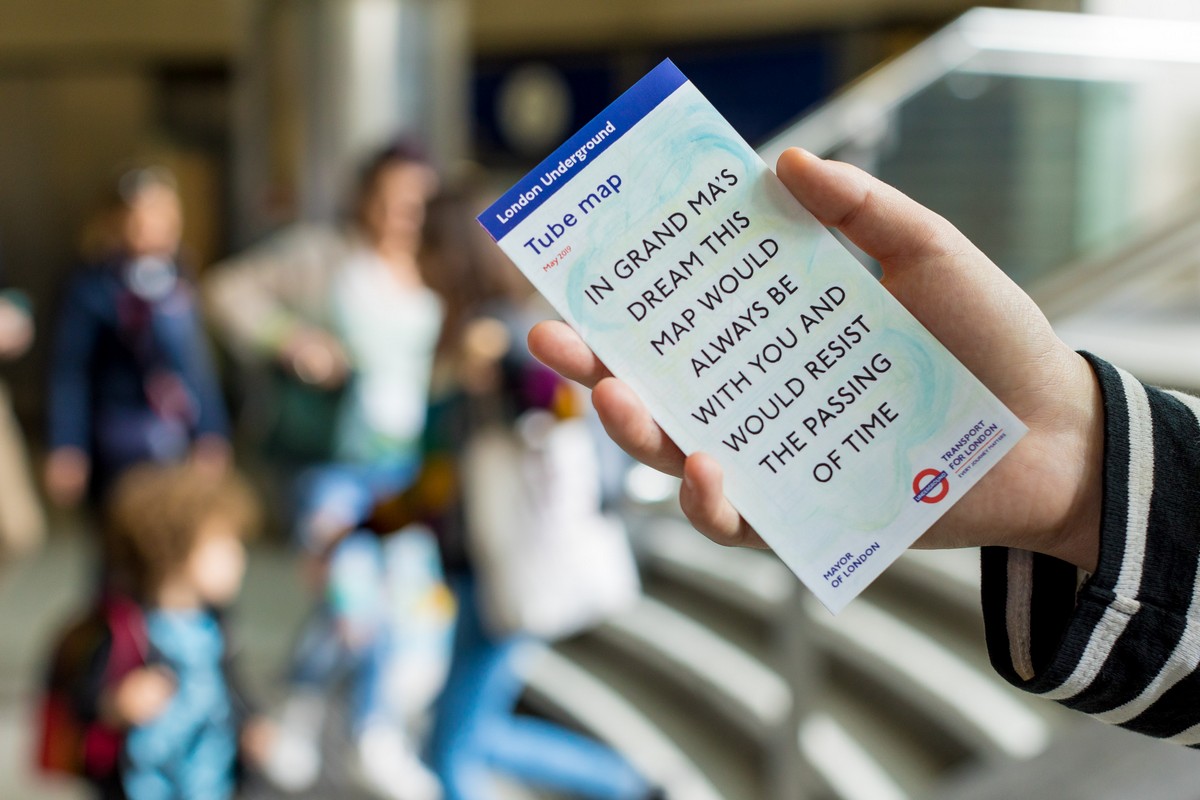 Laure Prouvost, Pocket Tube Map, 2019, Photo Benedict Johnson_2019
Laure Prouvost, Pocket Tube Map, 2019, Photo Benedict Johnson_2019
What emerging artists are you excited by right now and why?
Larry Achiampong who rightly the deserves the accolade he’s achieved. Johanna Hedva who moves between performance and writing and whose words deeply move me. Cooking Sections who use installation, performance, mapping and video to explore the overlapping boundaries between visual arts, architecture, ecology and geopolitics in a way like no one else right now.
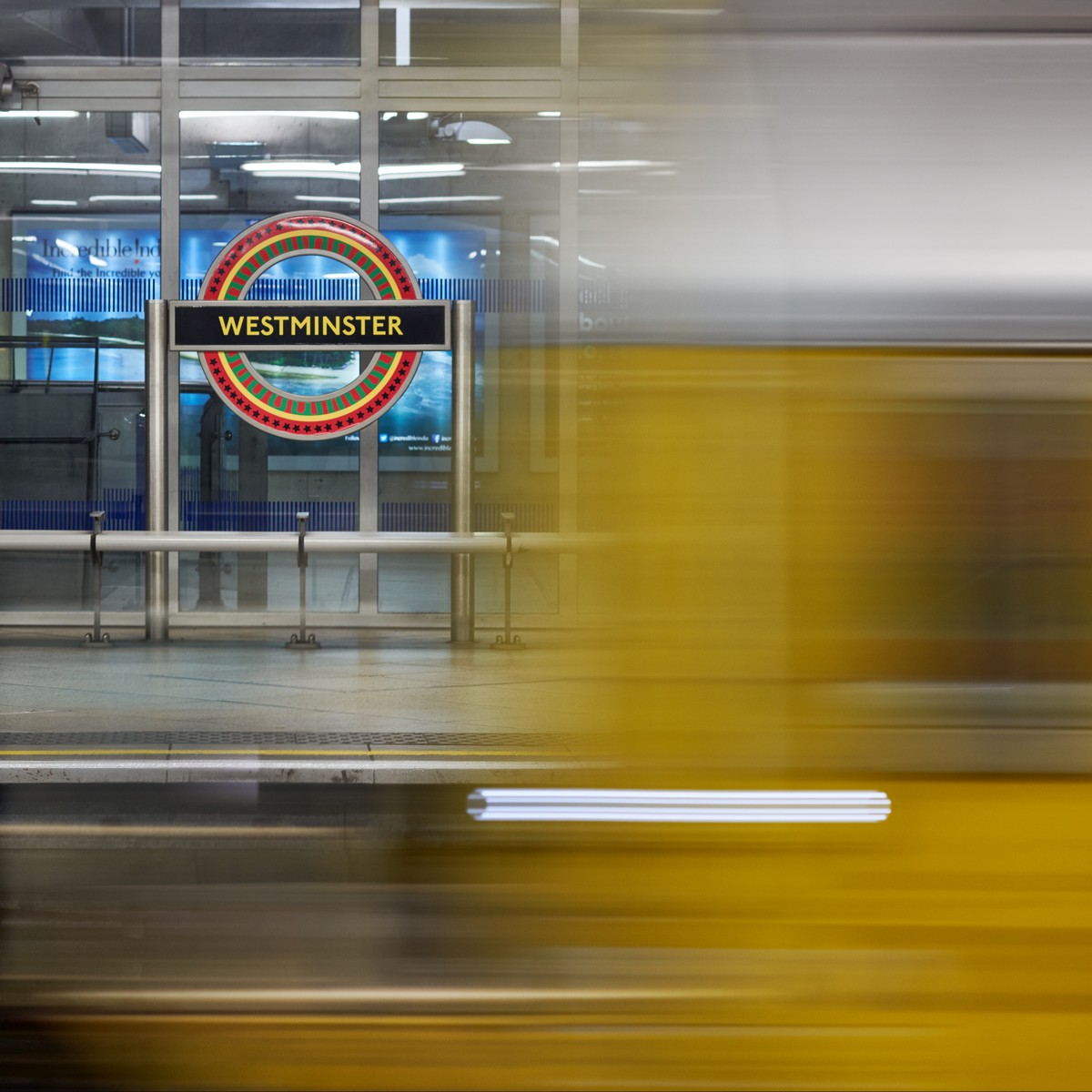 Larry Achiampong, PAN AFRICAN FLAGS FOR THE RELIC TRAVELLERS’ ALLIANCE, 2019, Photo GG Archard
Larry Achiampong, PAN AFRICAN FLAGS FOR THE RELIC TRAVELLERS’ ALLIANCE, 2019, Photo GG Archard
What do you usually have or need in your office or at work to inspire and motivate you?
Lots of books, the Internet and a door I can close.
What systems, rituals and processes do you use to help you get into the creative zone?
I’m an absolute creature of habit so I need routine to be able to focus and work at my best which isn’t always possible! I normally walk or run in the morning before I start work, I need the fresh air and vitamin D to set me up for the day, especially since the pandemic has meant working from home. And I’m a morning person, you’ll get me at my best first thing.
What recurring questions do you return to in your work?
Public voice – who has it, who gives it, who gets to decide.
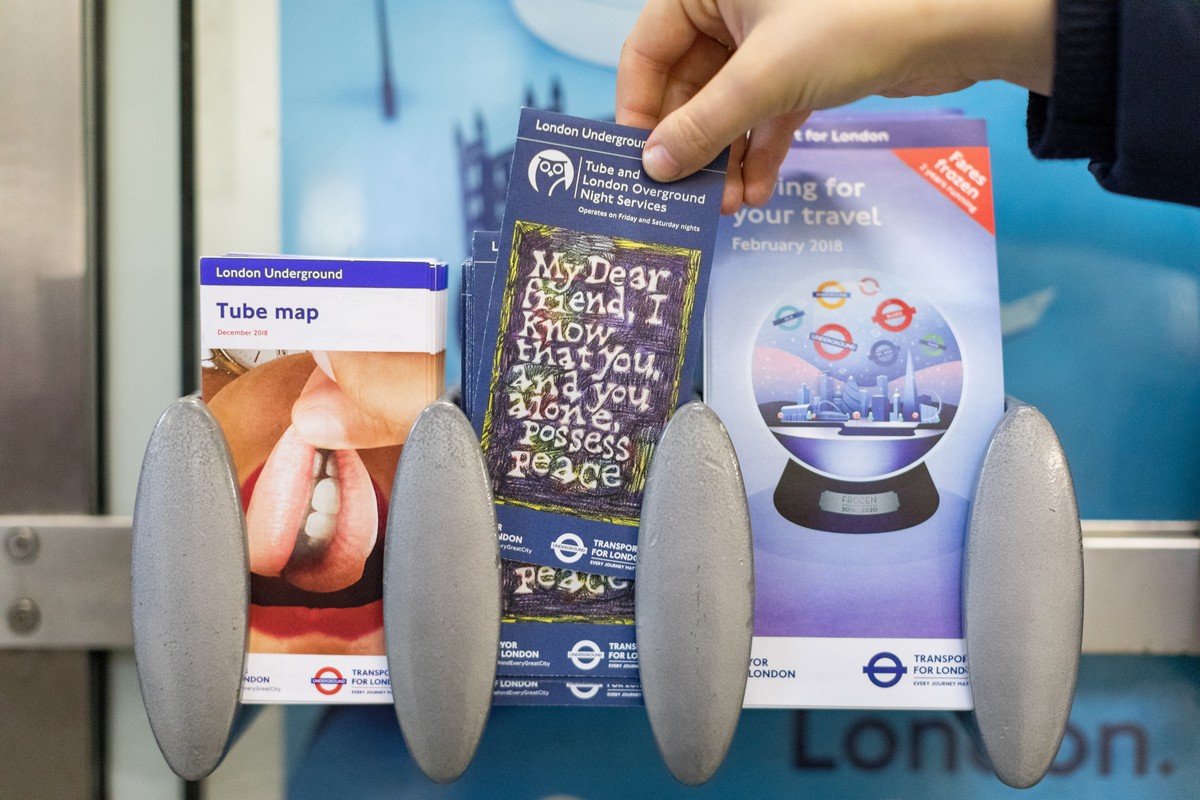 Jade Montserrat, hand this piece to one Jacob Aston West (b. approx. 1941-43, Montserrat), 2018;
Jade Montserrat, hand this piece to one Jacob Aston West (b. approx. 1941-43, Montserrat), 2018;
LINDER, The Bower of Bliss tube map cover commission, 2018. Photo Benedict Johnson
What risks have you taken in your work that paid off?
I don’t know if it’s so much of a risk but I remember some people questioning why I was taking up a post at Art on the Underground as it wasn’t deemed ‘cool’ I suppose; whatever that means. I had the most amazing six years there, though that isn’t to say there weren’t plenty of challenges. It was an amazing job with a lot of autonomy, each commission was so unique and meaty, it was never boring and I learnt an unbelievable amount. It taught me to follow my own goals and values, not an idea of what I thought I should be doing with my career.
What risks have you taken that perhaps did not go so well but you learnt the most from?
I would say nearly every exhibition or commission I’ve worked on has something go awry, that’s just the nature of working with people. I’ve had some shocking moments, been screamed at, installations going wrong in the final hour, artworks stolen, you name it. It’s all part of it and you just learn how to be comfortable in the mess and plan for it.
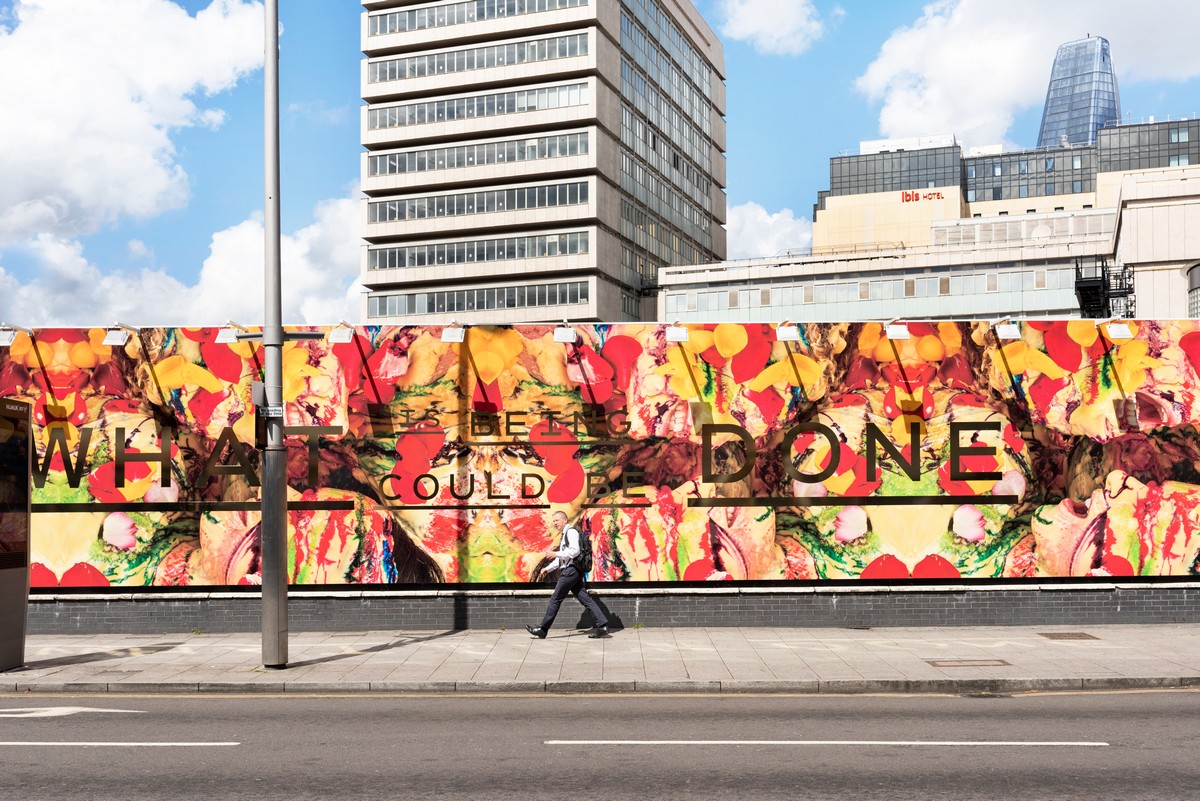 LINDER, The Bower of Bliss, 2018. Photo Thierry Bal
LINDER, The Bower of Bliss, 2018. Photo Thierry Bal
What is your favourite exhibition or event you have curated or participated in and why?
I can’t choose one as every exhibition is so different and I’ve been lucky to work with so many brilliant people. A highlight for me was definitely working with LINDER. I’d been an enormous fan of her work since I was a young girl (I grew up in the North West like her). We made an 85-metre photomontage, the largest LINDER had ever produced, that included work from six local collections, women’s groups, dancers, musicians, costume designers, architects; it was so rich in its source material. The work was on display for 18 months and it changed over the course of that period, “like a giant sticker book” LINDER called it. It responded to current events, it was political, it was pop, a giant image of women’s empowerment through history to today.
What would you hope that people experience from encountering your work?
To welcome the imperfections, to create space for different bodies/ perspectives/ experiences; that the material, whether through words, performance or literal, has an important role in how we relate to each other and the world around us.
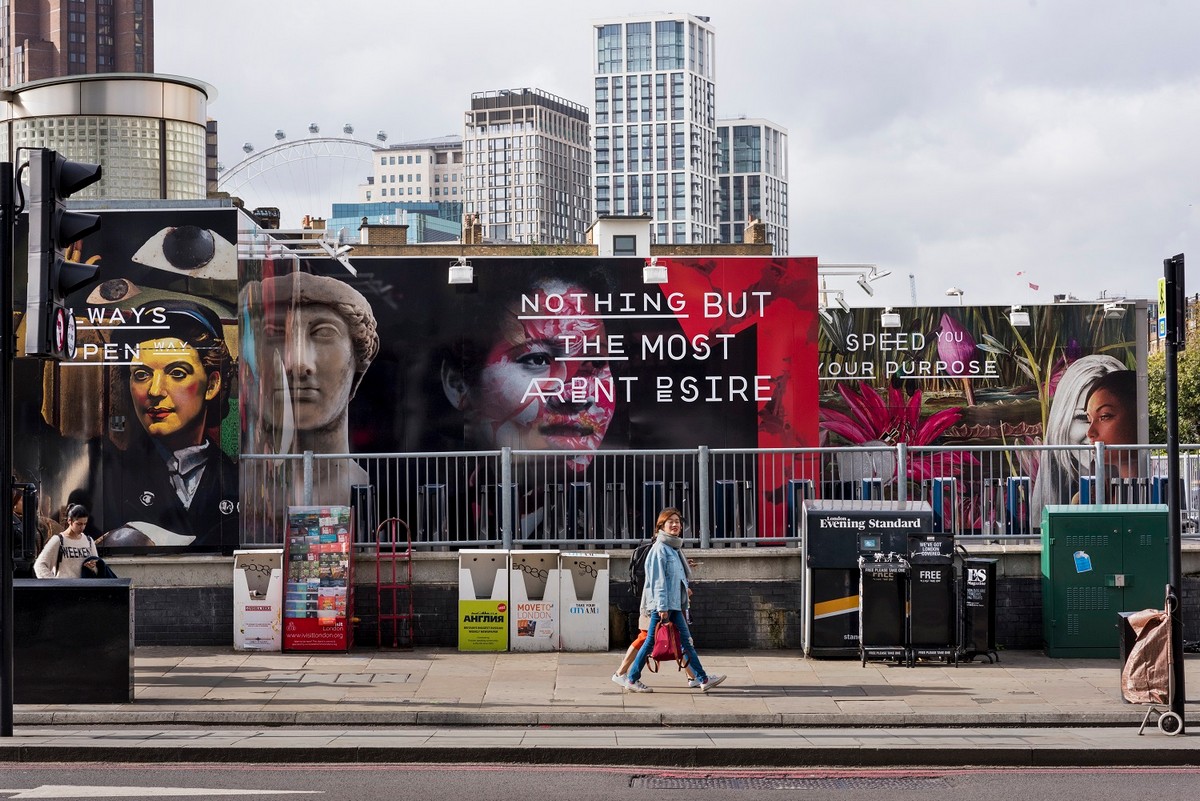 LINDER, The Bower of Bliss, 2018, Photo Thierry Bal
LINDER, The Bower of Bliss, 2018, Photo Thierry Bal
What compromises have you made to sustain your practice?
Being broke and working for free, though I absolutely wouldn’t encourage that and in fact am actively against it!
What advice would you give your past self?
Not to care so much what people think of you and trust yourself.
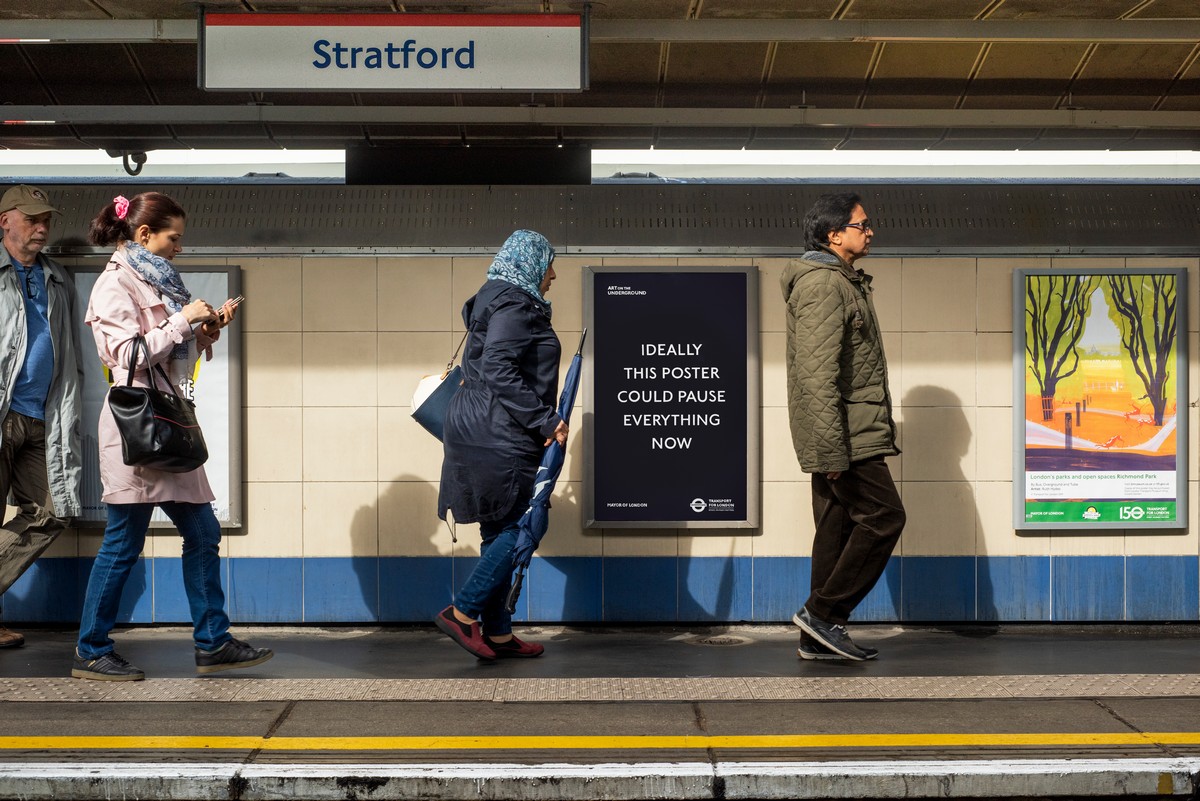
Laure Prouvost, you are deeper than what you think, 2019, Photo Thierry Bal
Can you recommend a book, film, or podcast that you have been inspired by that transformed your thinking?
Can I choose an artwork? It isn’t necessarily the work I love but what it introduced me to. Growing up in the North West I had zero access to contemporary art apart from the books I read, in fact I didn’t really know it was a thing. When I first moved to London, I went to see Gregor Schneider’s Artangel commission Die Familie Schneider in 2004 which took place across two adjoining terrace houses in Whitechapel. You collected a key from a nearby office and were instructed to let yourself in alone. The houses mirrored each other and were dark, dingy, stale and terrifying. Each room had live actors - a man masturbated in the shower; in the bedroom a small figure sat calmly under a bin liner. I was petrified at the time but it really opened my eyes to a new possibility.
Follow Kiera on Instagram @kiera_blakey and visit Nottingham Contemporary website
Please share this interview
And do feel free to email or contact us via socials @cerihand
